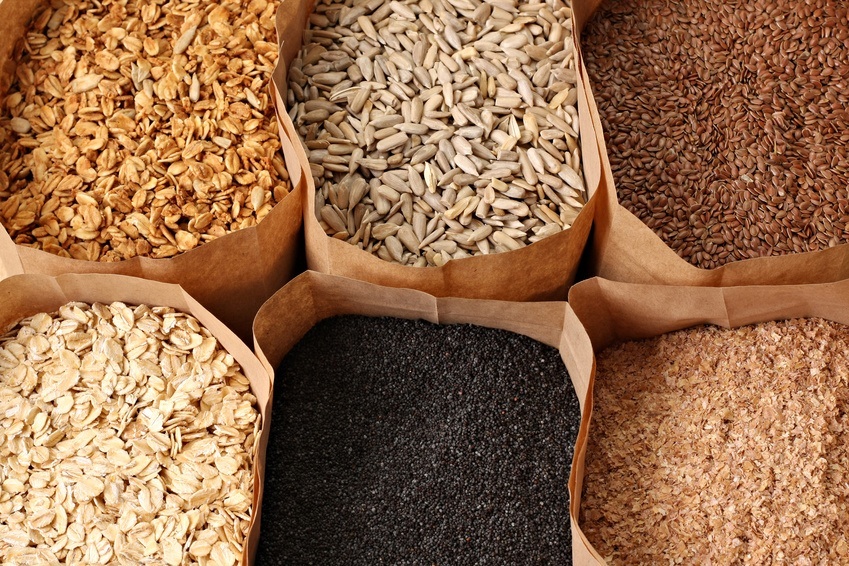When growing up, dinner usually consisted of a meat, vegetable, starch and the must have…bread. I remember sitting down with my grandparents as a little girl and my grandma served dinner one evening without some sort of dinner roll. My grandpa said immediately upon sitting, “Where’s the bread”? She was out of good dinner rolls so she promptly jumped up and pulled out the white sandwich bread which satisfied grandpa. Dinner wasn’t complete without the bread.
There is a lot of information out there about bread and if you should or shouldn’t include it in a healthy diet. Here is what I think is a clear and concise explanation for us all.
Whole grains are healthier for you because they haven’t been processed. There is that word that you will hear over and over when discussing a healthy meal plan. Processed. We want to eat whole foods that have not been processed. Most processed foods are boxed or packaged in a way that makes it obvious. However, it’s not so obvious with breads. White bread and whole wheat bread are both packaged the same. However, the ingredients list will answer your question – “Which bread is better for me”? The first word in the ingredients list of your grain is the key. It should be labeled “Whole” or “100% Whole Wheat”. What you don’t want is a grain that has the first ingredient listed as “White” or “Enriched”. Those packages have a grain that has been processed in some way causing loss of nutrients.
We want grains that have not been processed because they still contain their most essential components – fiber, vitamins and minerals. Here is a break down of whole grain:
Bran: The outer shell of a grain. It is essential because it contains fiber, B vitamins and other trace minerals.
Germ: The inner component of the grain. It provides antioxidants, vitamin E, and B vitamins.
Endosperm: this contains the carbohydrate and protein of a grain.
So, imagine the process that refined (processed) grains have to go through to get produced. These are grains that have been so processed that they lack both bran and germ. Because the bran and the germ contain the most essential nutrients, refined grains contain only carbohydrates and a little protein. Refined products include white rice, white flour, white bread and white pasta. Without the nutrients from the bran and the germ, these refined products will throw off your blood sugar levels – raising them because you’re eating mostly just carbohydrates.
Some positive facts about whole grains are: They can help improve hormone levels and many of them are an excellent source of phytochemicals and antioxidants. This makes then powerful allies in the fight against heart disease and more than a dozen types of cancer. Fatty acids from whole grains may also stimulate fat cells in our stomach to release leptin (the satiety hormone), which would tend to fill us up and keep our blood sugar steady. Whole grains can even help to reverse insulin resistance.
Whole grain choices include, whole wheat bread, rolled oats, barley, brown rice, whole wheat flour and sprouted grains.

